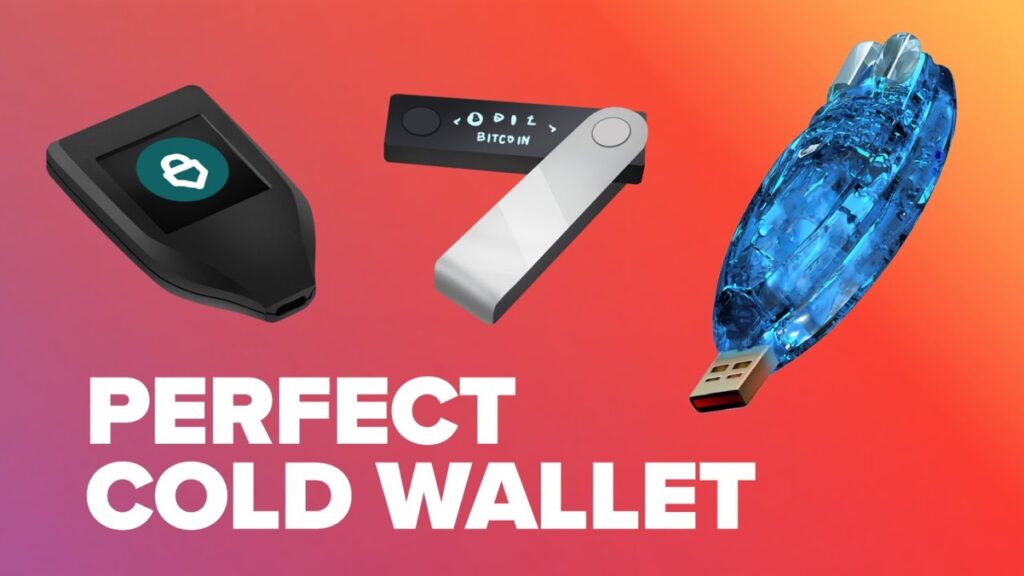Cryptocurrency may be the future of finance, but at its core, it’s a tech revolution. Underpinning the value of Bitcoin, Ethereum, and thousands of other assets is one fundamental concept: trustless systems enabled by cryptography. As digital assets grow in popularity, the infrastructure supporting secure ownership is also evolving with self-custody leading the way.
In recent years, we’ve seen enormous technical leaps in wallet design and blockchain interaction. Among those, the best cold wallet solutions stand out for blending military-grade encryption with consumer-grade usability. They don’t just protect assets; they offer a fascinating glimpse into the intersection of hardware security modules (HSMs), custom operating systems, and public-key cryptography.
Understanding Self-Custody in Technical Terms
In a centralized exchange, user funds are secured by the platform’s infrastructure often a black box to the user. In contrast, a cold wallet relies on the principle of “not your keys, not your crypto,” allowing users to maintain complete control via private key ownership.
Technically, this means generating and storing private keys in an isolated, offline environment. These keys never touch the internet, significantly reducing the attack surface. The core function of any cold wallet is to act as a hardware signing device: transactions are crafted offline, signed within the secure element, and then broadcast to the blockchain from a connected device (usually via QR code or encrypted USB/Bluetooth transfer).
This air-gapped security model is what makes cold wallets fundamentally different from hot wallets and software wallets.
Secure Elements: The Silicon Behind the Shield
At the heart of modern cold wallets is the secure element (SE) a tamper-resistant chip similar to what’s found in passports or credit cards. These chips are independently certified (often to EAL5+ or higher) to ensure they can withstand both physical and software attacks.
Secure elements handle key generation and signing operations internally, never exposing the raw private key to the external environment. This cryptographic boundary is enforced by the device’s firmware, often running on a custom OS hardened against memory leaks, side-channel attacks, and firmware manipulation.
Some devices use dual-chip architecture, separating general processing from security-critical functions. This separation of concerns is a best practice inherited from the smartcard and cybersecurity industries.
How UX and Security Co-Exist in Modern Wallets?
One of the longstanding issues with early hardware wallets was the trade-off between usability and security. But today, wallet manufacturers have made impressive strides using modern mobile technologies.
Touchscreens, haptic feedback, encrypted Bluetooth Low Energy (BLE), and support for passphrase entry directly on the device have drastically improved the user experience. Many wallets now integrate directly with mobile apps through secure bridges, enabling real-time balance tracking and transaction history without compromising private key security.
The firmware is another key area of advancement. Unlike generic embedded systems, wallet firmware is often open source, allowing the cryptographic community to audit and verify code integrity. Firmware updates are signed and verified before installation, protecting against man-in-the-middle attacks.
Interoperability and Multi-Chain Support
Technically sophisticated users are increasingly managing portfolios that span multiple blockchains. Cold wallet architecture has evolved to meet these needs, supporting assets across Ethereum (and its ERC-20 tokens), Bitcoin, Solana, Binance Smart Chain, and newer Layer-2s like Arbitrum and Optimism.
Under the hood, this involves integrating multiple derivation paths based on BIP32, BIP39, and BIP44 standards. Hierarchical Deterministic (HD) wallet architecture ensures users can generate multiple addresses from a single seed phrase all within a secure, deterministic framework.
Some advanced devices also support custom smart contract interactions, allowing users to securely interact with DeFi protocols. Transaction simulation (aka “blind signing protection”) has also become standard, helping users avoid phishing or malicious contract calls.
Open-Source Ecosystems and the Importance of Transparency
One of the most promising technical trends is the move toward open-source firmware and SDKs. Projects like Ledger’s Donjon, Trezor’s Trezor Core, and Keystone’s air-gapped architecture show a clear direction: security through transparency.
From a technical standpoint, open-source models foster a robust peer-review process. Bugs, potential exploits, and backdoors are more likely to be spotted early by researchers and contributors. This mirrors the philosophy of many blockchain protocols themselves transparent, auditable, and community-driven.
APIs and SDKs also open the door for third-party developers to build complementary apps, such as portfolio managers, custom DeFi integrations, and NFT explorers all while maintaining a secure signing architecture via the hardware wallet.
Where the Tech Is Heading? Biometric and Post-Quantum Readiness
Looking ahead, there are a few technical areas worth watching closely.
Biometric Authentication: While traditional PIN codes remain dominant, newer wallet prototypes are exploring fingerprint readers and even facial recognition secured directly on-device to streamline access without reducing cryptographic strength.
Secure Enclaves in Mobile Devices: Some smartphone-integrated wallets are beginning to leverage secure enclaves like Apple’s Secure Enclave or Android’s Trusted Execution Environment (TEE), bridging the gap between convenience and security.
Post-Quantum Cryptography: Though practical quantum computing is still years away, developers are preparing wallets for a post-quantum world. Hybrid-signature schemes that support both classical (ECDSA/secp256k1) and quantum-resistant algorithms (like CRYSTALS-Dilithium) are already in experimental stages.


